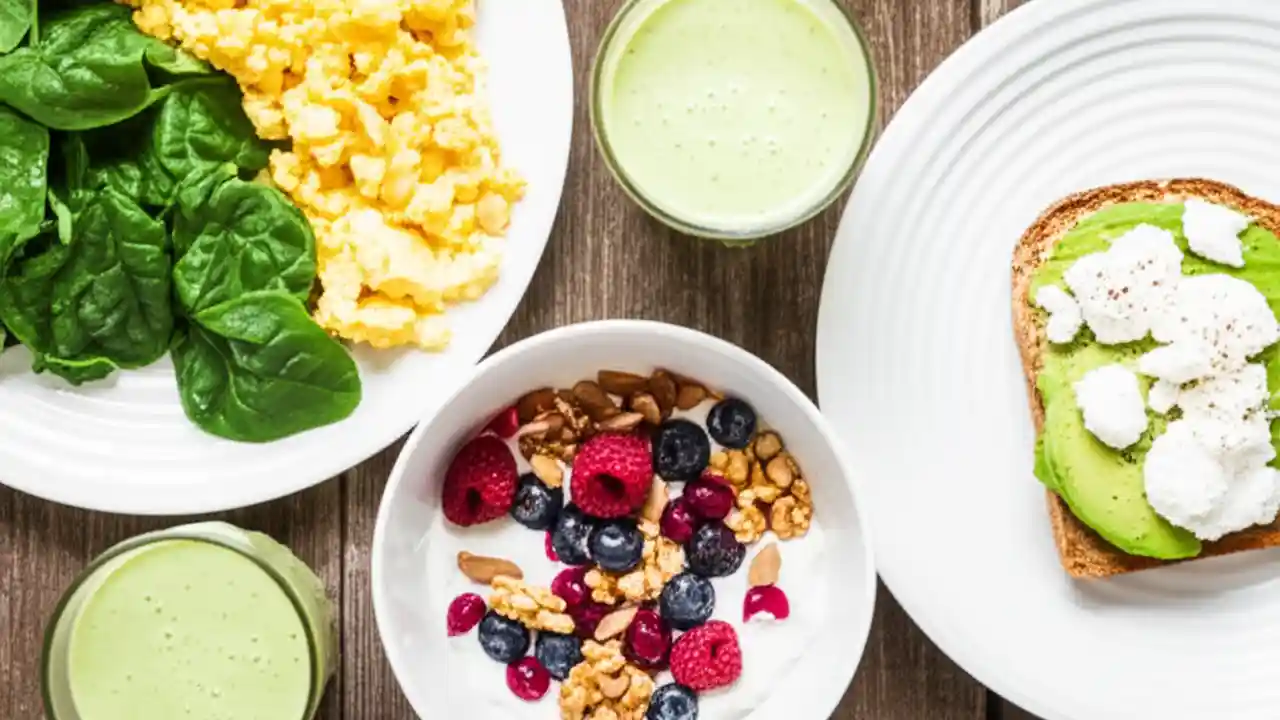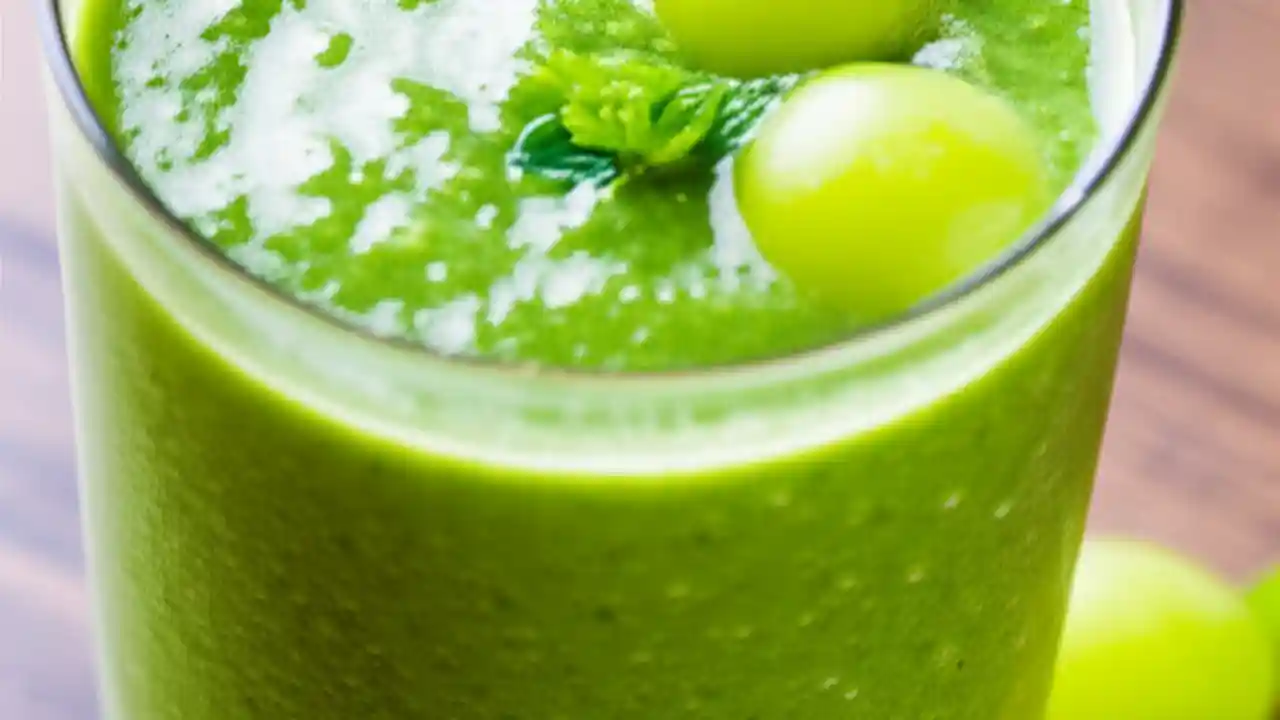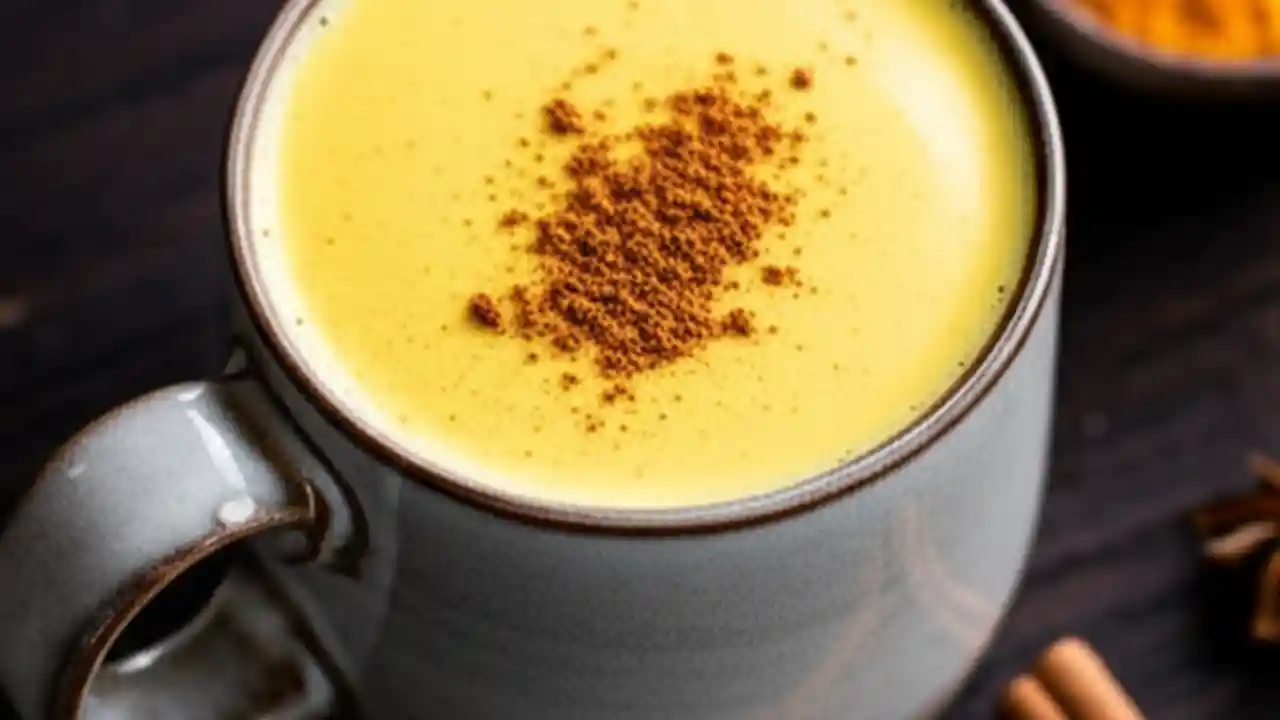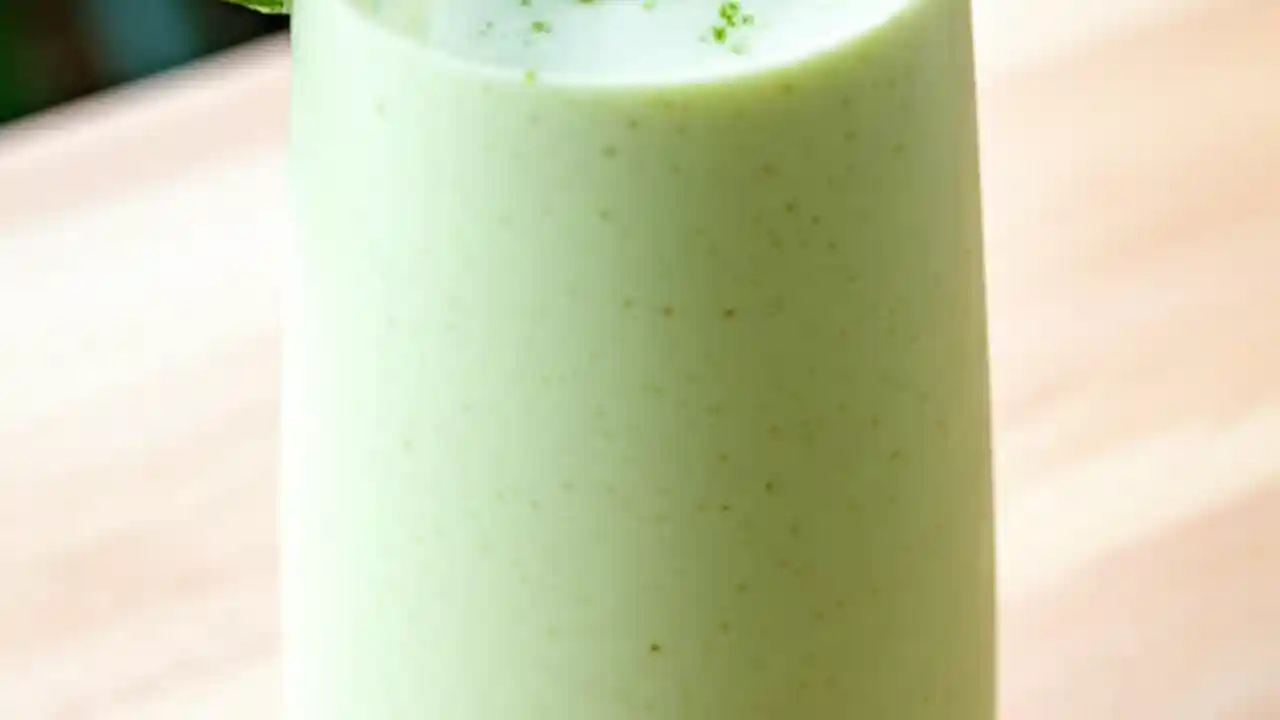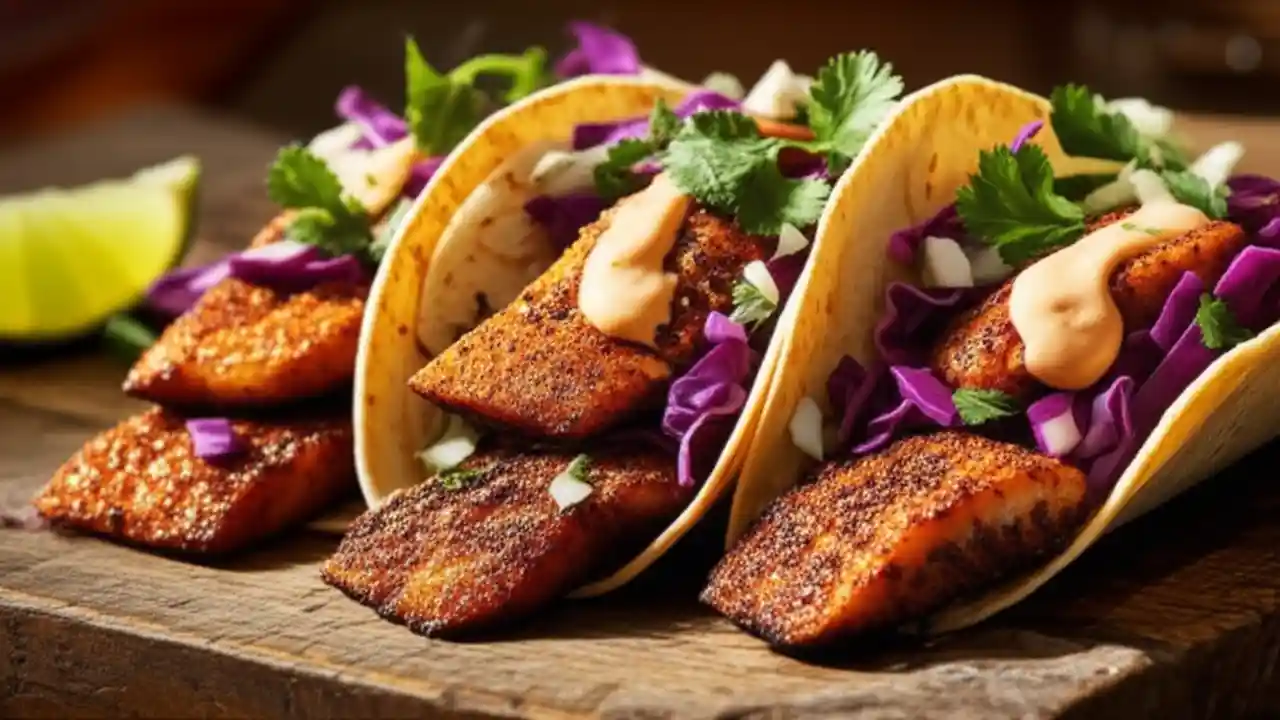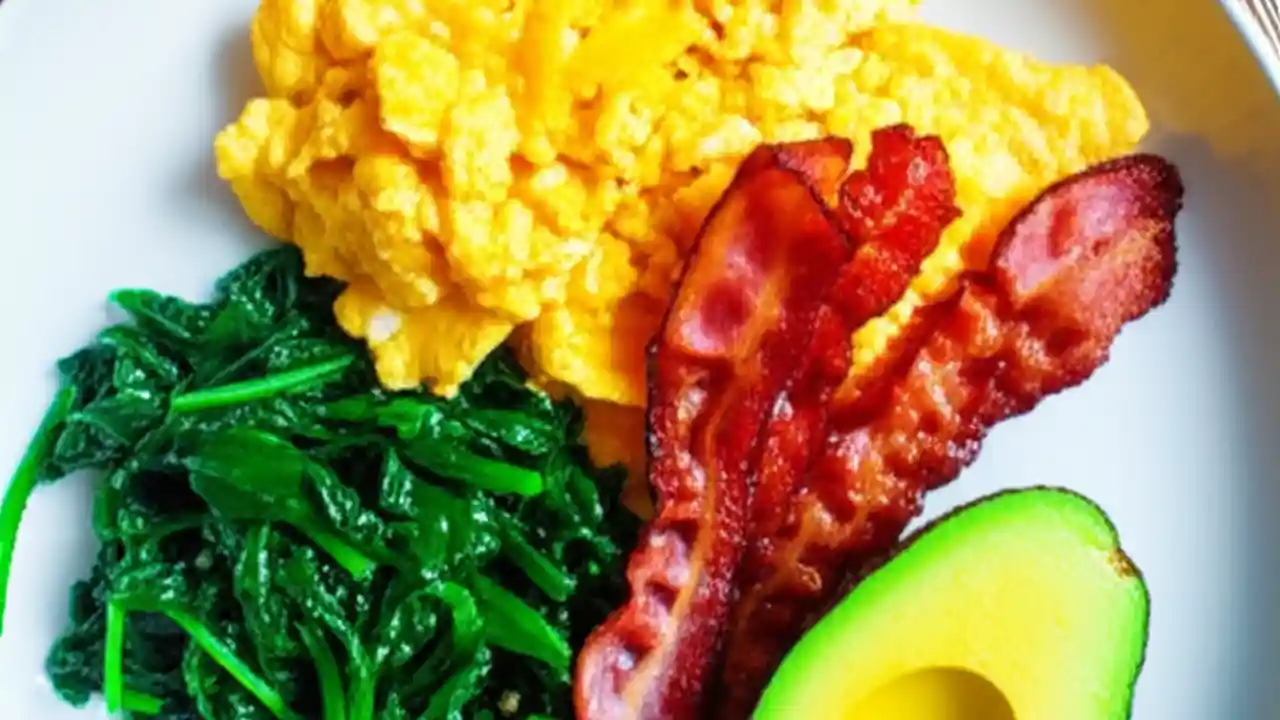Choosing the best healthy breads and wraps means prioritizing whole, unprocessed ingredients like 100% whole grains, seeds, and minimal added sugars, while actively avoiding refined flours and artificial additives. The key is to look for fiber-rich options that contribute sustained energy and essential nutrients, rather than empty calories. This guide will cut through the confusion, helping you identify truly nutritious choices for your daily diet, from understanding label claims to making informed decisions that benefit your health.
Navigating the bread and wrap aisle can feel overwhelming, with countless labels promising “healthy” benefits. But what truly makes a bread or wrap a good choice for your well-being? We’ll dive deep into ingredients, nutritional profiles, and practical tips to ensure your selections genuinely support a healthy lifestyle. Get ready to transform your pantry and elevate your meals with smart, delicious choices.
Table of Contents
Understanding “Healthy”: Ingredients and Nutritional Essentials
What truly makes a bread or wrap “healthy”?
A truly healthy bread or wrap is built on a foundation of whole, unprocessed ingredients. The primary ingredient should always be 100% whole grain, meaning the entire kernel—bran, germ, and endosperm—is intact. This ensures you get maximum fiber, vitamins, and minerals. Beyond whole grains, look for options rich in seeds (like flax, chia, sesame) and nuts, which add healthy fats and protein. Minimal added sugars, low sodium, and the absence of artificial preservatives, colors, or high-fructose corn syrup are also critical indicators of a superior choice.
What specific ingredients should I look for on the label?
When you pick up a loaf or package of wraps, turn it over and check that ingredient list carefully. Here’s what you want to see at the top:
- **100% Whole Wheat Flour:** Not just “wheat flour” or “enriched flour.”
- **Whole Grain (e.g., Whole Oats, Whole Rye, Brown Rice):** These are fantastic.
- **Sprouted Grains:** Often easier to digest and more nutrient-dense.
- **Seeds:** Flaxseeds, chia seeds, sunflower seeds, pumpkin seeds.
- **Nuts:** Walnuts, almonds (less common in wraps, but great in bread).
If you see “enriched flour,” “bleached flour,” or any form of high-fructose corn syrup listed early, it’s a red flag. Aim for short, recognizable ingredient lists.
Are wraps generally healthier than bread?
Not inherently. The healthfulness of a wrap versus a slice of bread depends entirely on its ingredients and serving size. Many popular wraps can be significantly larger than a standard slice of bread, often packing more calories, refined carbohydrates, and sodium. For instance, a large flour tortilla might contain 200-300 calories and provide less fiber than two slices of a dense whole-grain bread. Always compare the nutritional facts panel per serving, paying close attention to fiber, protein, and sugar content.
Best Types of Breads and Wraps: Top Recommendations
What are the best types of healthy bread to choose?
When it comes to healthy bread, certain types consistently rise to the top for their nutritional profile and ingredient quality. Here are my top recommendations:
- **100% Whole Grain Bread:** This is the gold standard. Look for “100% whole wheat” or “100% whole grain” as the first ingredient. It’s packed with fiber, B vitamins, and essential minerals.
- **Sprouted Grain Bread:** Made from whole grains that have begun to sprout, this bread can be easier to digest and may have increased nutrient availability. Popular brands like Ezekiel 4:9 are excellent examples.
- **Sourdough Bread (True Sourdough):** Authentic sourdough, made with a long fermentation process, can improve nutrient absorption and may be easier on the digestive system due to the breakdown of starches and gluten. Ensure it’s made with whole wheat or rye flour for added benefits.
- **Rye Bread (Especially Pumpernickel):** Dense and hearty, rye bread, particularly pumpernickel, is rich in fiber and has a lower glycemic index compared to many wheat breads.
Each of these options offers a robust nutritional profile that supports overall health, from aiding digestion to providing sustained energy throughout your day.
Which healthy wraps should I look for?
Finding a healthy wrap often means stepping beyond the typical white flour tortillas. Here are some excellent alternatives:
- **100% Whole Wheat Wraps:** Similar to bread, these offer more fiber and nutrients than refined flour versions.
- **Sprouted Grain Wraps:** Again, a fantastic choice for digestibility and nutrient content.
- **Corn Tortillas:** When made with whole corn, these can be a good gluten-free option, offering a decent amount of fiber.
- **Lettuce Wraps:** While not a “bread” or “wrap” in the traditional sense, using large lettuce leaves (like butter lettuce or romaine) is a zero-carb, nutrient-rich way to wrap your fillings.
- **Collard Green Wraps:** Similar to lettuce, blanched collard greens offer a sturdy, low-carb, and nutrient-dense alternative.
When selecting wraps, always check the size and serving suggestions. A smaller wrap with quality ingredients often beats a large, less nutritious one.
Debunking Myths and Common Questions
Is gluten-free bread automatically healthy?
This is a common misconception! Gluten-free does not automatically mean healthy. Many gluten-free breads are made from refined starches like tapioca starch, potato starch, and white rice flour, which offer very little nutritional value and can be higher in calories, sugar, and unhealthy fats. Always check the ingredient list to ensure they contain whole, naturally gluten-free grains such as brown rice, quinoa, millet, or oats (certified gluten-free). Think of it this way: a gluten-free cookie is still a cookie!
What about the glycemic index? Do healthy breads have a low GI?
The glycemic index (GI) measures how quickly a food raises your blood sugar. Generally, healthier, fiber-rich breads and wraps tend to have a lower GI because the fiber slows down carbohydrate digestion and absorption. Whole grains, sprouted grains, and traditional sourdough are good examples of lower-GI choices. Refined white breads and wraps, on the other hand, typically have a high GI, leading to rapid blood sugar spikes. Prioritizing lower GI options can help manage blood sugar levels and provide more sustained energy.
Whole wheat vs. whole grain: Is there a difference?
Yes, there is a subtle but important distinction. “Whole wheat” refers specifically to bread made from the entire wheat kernel. “Whole grain,” however, is a broader term that means the bread contains all parts of any grain – it could be wheat, oats, barley, rye, corn, or a blend of several. So, while all whole wheat bread is whole grain, not all whole grain bread is whole wheat. Both are excellent choices, but “whole grain” offers more variety and often a richer nutritional profile due to the diverse mix of grains.
Practical Tips: Shopping, Storage, and Usage
How can I accurately read nutrition labels for bread and wraps?
Reading nutrition labels effectively is your superpower in the bread aisle. Here’s what to focus on:
| Nutrient | What to Look For (Per Serving) | Why It Matters |
|---|---|---|
| **Fiber** | 3 grams or more | Aids digestion, promotes fullness, stabilizes blood sugar. |
| **Protein** | 3 grams or more | Contributes to satiety, muscle repair. |
| **Added Sugars** | Less than 2-3 grams | Excess sugar leads to energy crashes and provides empty calories. |
| **Sodium** | Less than 150-200 mg | High sodium contributes to high blood pressure. |
| **Trans Fats** | 0 grams | Harmful for heart health. |
Always check the serving size first, as it dictates all other numbers on the panel. A “healthy” serving might be one slice, but if you eat two, you’ve doubled everything.
What are some tips for storing healthy bread and wraps to keep them fresh?
Healthy, preservative-free breads and wraps often spoil faster than their refined counterparts. Here’s how to extend their life:
- **Freezing is Your Best Friend:** For whole grain or sprouted grain breads, slicing the loaf and freezing individual portions is ideal. You can then toast a slice as needed. Wraps also freeze well, just separate them with parchment paper.
- **Airtight Storage:** Once opened, keep bread in an airtight bag or container at room temperature for a few days.
- **Avoid the Refrigerator (mostly):** While it might seem logical, refrigerating bread can actually make it go stale faster, as it promotes retrogradation of starches.
I learned this the hard way with my first loaf of artisan sourdough; it was a race against time before it hardened! Freezing transformed my approach to enjoying quality bread without waste.
Can I make my own healthy bread or wraps at home?
Absolutely! Making your own bread or wraps at home gives you complete control over the ingredients, ensuring they are truly healthy. For bread, a simple 100% whole wheat or whole grain recipe, perhaps with added seeds, is a great start. Sourdough baking, while a commitment, is incredibly rewarding. For wraps, you can easily make whole wheat or corn tortillas with just a few ingredients. There are countless online resources and cookbooks dedicated to healthy homemade versions, allowing you to customize flavors and nutritional content to your liking.
My own journey into making whole wheat flatbreads for wraps was a game-changer. It’s surprisingly simple and the fresh taste is unparalleled. Plus, you get to skip all those unnecessary additives often found in store-bought options. It’s a wonderful way to connect more deeply with your food.
Conclusion
The quest for the best healthy breads and wraps ultimately leads us to choices rooted in whole, minimally processed ingredients, rich in fiber, and low in added sugars and sodium. By prioritizing 100% whole grains, sprouted options, and understanding nutrition labels, you empower yourself to make informed decisions that genuinely support your health. Remember, a truly healthy choice is one that nourishes your body and provides sustained energy, making every meal a step towards better well-being. Embrace these insights and feel the difference!
Ready to transform your eating habits? Share this article with friends and family, and explore our other guides on mindful eating and nutrient-dense foods!




